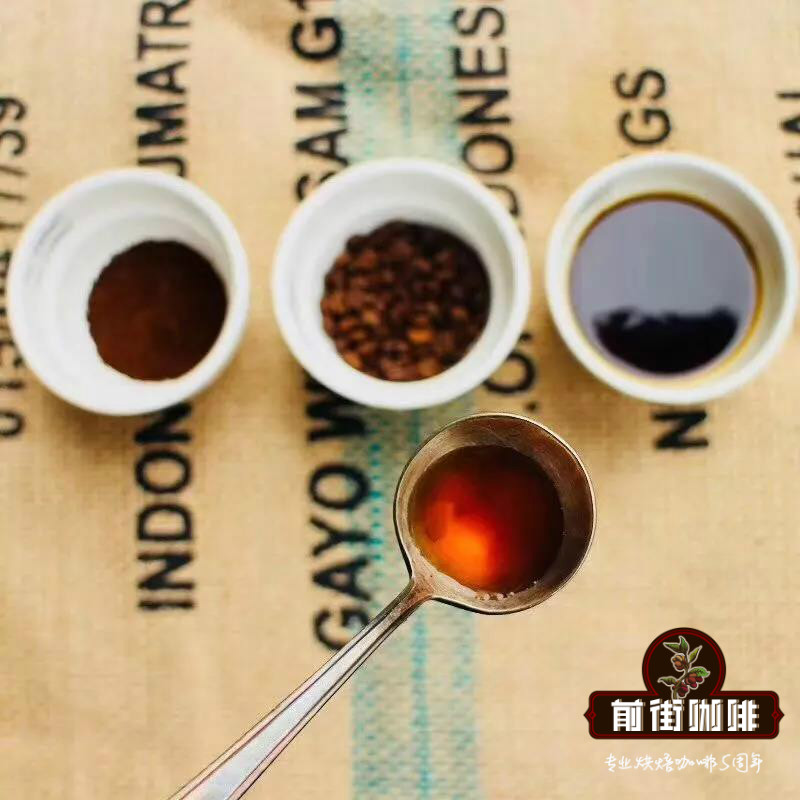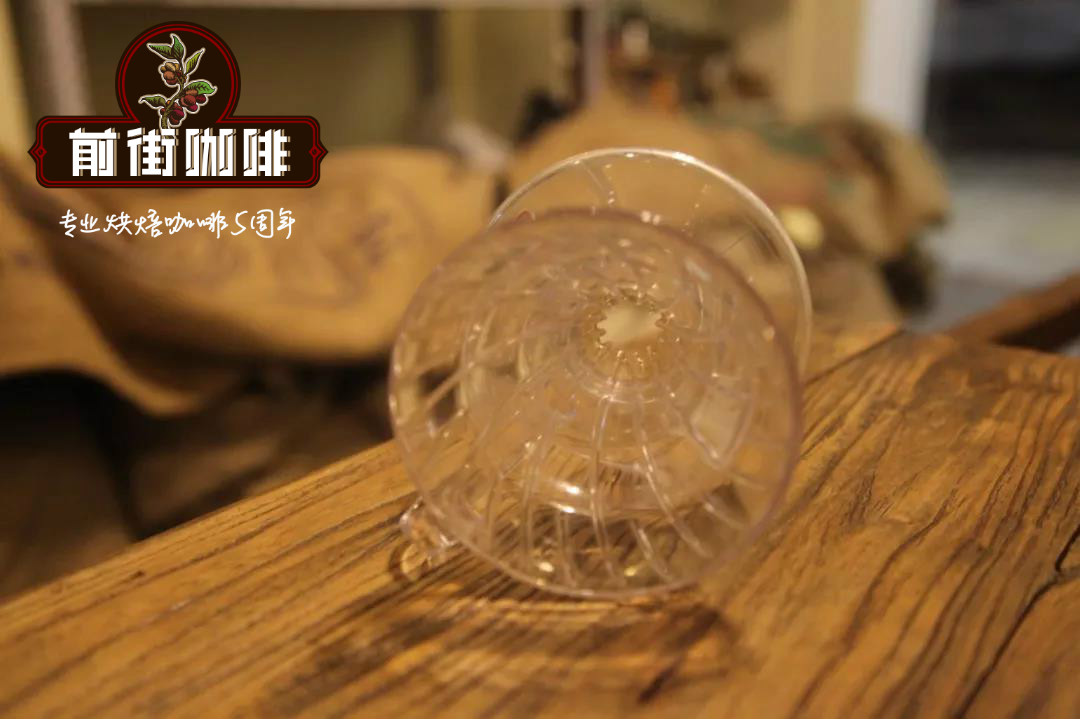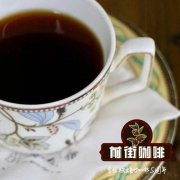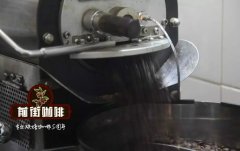What is the specific flavor of Honduras?

[Honduras Sweet Orange Manor]
Honduras is located in central Central America, bordered by the Caribbean Sea to the north, the Pacific Ocean to the south, Guatemala to the west, El Salvador to the southwest and Nicaragua to the southeast. It covers an area of 112492 square kilometers and the coastline is about 1033 kilometers long. The whole territory, except the coastal plain, is mountainous, with the highest elevation of 3000 meters in the northwest and more than 2400 meters in the south. The main rivers in the territory are the Koko River, the Patuca River and the Wulu River. Rivers from inland mountains crisscross and flow into the two oceans. Many basins and river valleys are formed between the various mountain ranges. The larger basins are the Siria and Rapagu Alai basins, and the main river valleys are the Komayagua and Hamastland River valleys.
The whole country can be divided into four natural geographical areas: the eastern low area, the northern coastal alluvial plain area, the central high area and the Pacific coastal low area. Coastal islands are dotted with the main islands being the Baya Islands and the Tigris Islands in the Gulf of Fonseca. The terrain of Honduras is complex and the climate is diversified. Located in the coastal plain of Central America, it has a tropical rain forest climate, with an average annual temperature of 31 ℃. The mountain belongs to subtropical forest climate, the annual average temperature is 23 ℃, and the rainy season is from June to November.
For coffee production, the geographical conditions of Honduras are no less than those of its neighboring coffee-producing countries such as Guatemala and Nicaragua. There are 280000 hectares of coffee plantations in Honduras, mainly small coffee plantations, most of which are less than 3.5ha. These coffee plantations account for 60% of the total coffee production in Honduras. In the coffee garden, because the planting area belongs to the mountain area, people pick coffee beans by hand, and then process them carefully in order to produce better quality coffee beans. Honduras collects 3 million bags of coffee every year and provides you with multi-quality coffee. It has become one of the top ten coffee exporters in the world.
Kaduai is very popular with farmers, with high yield, similar to Kaddura, short plants, suitable for intensive planting, and good resistance to natural disasters, especially wind and rain. It inherits the advantages of Kaddura's low tree stature and changes Mondonwood's shortcomings; another advantage is that the results are solid and are not easy to fall off when the strong wind blows, which makes up for the weakness of Arabica fruit. After its official release in the 1970s, it was extended to Central American countries, widely cultivated in Guatemala, Honduras, Panama, and Brazil of origin. Simply considering the flavor, under the appropriate local conditions and treatment, Kaduai can have a quite wonderful flavor.
Honduras El Naranjo
Country: Honduras
Producing area: Makala Marcala
Altitude: 1425 m
Variety: Kaduai
Treatment: washing
Flavor: this bean is washed in water with dry aromas of spices and roasted peanuts, giving the beans elegant acidity, soft citrus acid, orange, cantaloupe, cream, nuts, dark chocolate and a sweet finish.
Qianjie coffee is suggested to be brewed.
Suggested cooking method: hand flushing
Filter cup: V60
Degree of grinding: 3.5 (Japanese little Fuji R440)
Water temperature: 89 ±1 ℃
Steaming in 30 grams of water for 30 seconds
Section: water injection to 120g cut off, slow water injection to 225g
That is, 30-120-225g
When all the coffee powder stacked in the filter cup can be soaked evenly in hot water (not just constantly repeatedly extract a small part of the coffee powder, to avoid excessive soaking in caffeine countries to produce sour taste, to achieve a full and balanced taste, mellow sweetness and rich taste, the shape of the penetrating water column is probably thick and thin at the top and bottom, that is, the width of the water from the spout should be wide. The shape of the end of the tail segment should be sharp.
Other suggestions for trickling extraction:
Normal pressure, recommended 3.5-4 degree of grinding / water temperature 86-88 °C
Philharmonic pressure, recommended 2.5 grinding degree, water temperature 86-88 °C
The dry aroma has some aromas of spices, roasted peanuts and chocolate, while the wet aroma has a hint of herbs, giving you a distinct taste of orange peel, nuts, cream and a bit like a cup of lemon tea.

Important Notice :
前街咖啡 FrontStreet Coffee has moved to new addredd:
FrontStreet Coffee Address: 315,Donghua East Road,GuangZhou
Tel:020 38364473
- Prev

What are the levels of Kenya? How to tell the difference?
The quality of Kenyan coffee is strictly controlled, and it is divided into AA,AB,C,E,PB,TT,T,ML,MH according to size, particle and shape. These grades mainly distinguish the shape and size of beans, but not absolutely represent the quality of beans. Many people think that beans with larger grains contain more oils that produce the aroma of coffee, and because of this, beans with larger grains are on the market.
- Next

Guatemala Antigua Marguerite Coffee Flavor Why is Guatemala suitable for growing Coffee
Professional coffee knowledge exchange more coffee bean information please pay attention to the coffee workshop (Wechat official account cafe_style) Central America has a unique geographical environment, north and north America, south and south America border. Facing the Caribbean Sea and the Gulf of Mexico, the climate is relatively hot and humid, and it has always been an important coffee producing area in the world. Coffee has been driving Guatemala for more than a hundred years.
Related
- Does Rose Summer choose Blue, Green or Red? Detailed explanation of Rose Summer Coffee plots and Classification in Panamanian Jade Manor
- What is the difference between the origin, producing area, processing plant, cooperative and manor of coffee beans?
- How fine does the espresso powder fit? how to grind the espresso?
- Sca coffee roasting degree color card coffee roasting degree 8 roasting color values what do you mean?
- The practice of lattes: how to make lattes at home
- Introduction to Indonesian Fine Coffee beans-- Java Coffee producing area of Indonesian Arabica Coffee
- How much will the flavor of light and medium roasted rose summer be expressed? What baking level is rose summer suitable for?
- Introduction to the characteristics of washing, sun-drying or wet-planing coffee commonly used in Mantenin, Indonesia
- Price characteristics of Arabica Coffee Bean Starbucks introduction to Manning Coffee Bean Taste producing area Variety Manor
- What is the authentic Yega flavor? What are the flavor characteristics of the really excellent Yejasuffi coffee beans?

